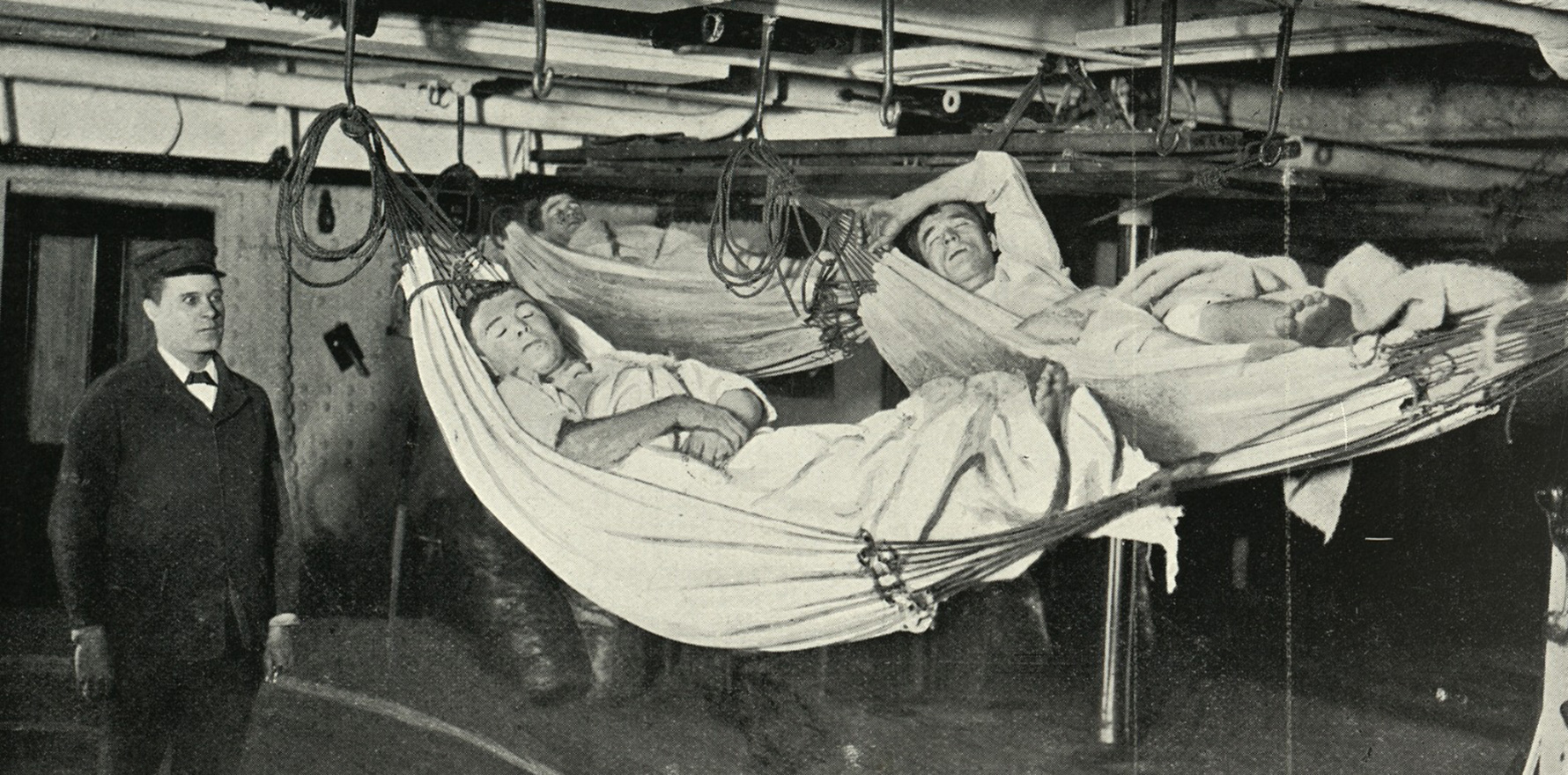And the more hours it’s used per night, the better the outcome, researchers say.
Positive airway pressure therapy reduces the likelihood of all-cause and cardiovascular death over five years, researchers say.
The systematic review and meta-analysisincluded randomised controlled trials with more than 1.1 million participants who were mostly male, older and overweight.
The international researchers found that positive airway pressure reduced the risk of all-cause and cardiovascular mortality in people with obstructive sleep apnoea (OSA) within the study period.
“Physicians and their patients need to be aware of our findings to understand the magnitude of benefit that can be obtained from PAP therapy and to help with informed decision making in health care,” the researchers said in The Lancet Respiratory Medicine.
After a mean follow-up of five years, participants who used PAP therapy were 55% less likely to die of cardiovascular death and 37% less likely to die from any cause compared to those who did not have PAP therapy.
“These data add to available evidence showing that OSA is a major modifiable risk factor for both all-cause death and cardiovascular death, and update and extend the results of previous meta-analyses,” the researchers said.
Related
Data from non-randomised controlled studies also showed that all-cause mortality risk decreased as the duration of PAP therapy increased (43% lower risk for two hours a night to 56% lower risk for six hours a night).
The researchers said the follow-up period in the randomised controlled trials might have been too short to detect the full cardiovascular and mortality benefits of PAP therapy.
“Future studies investigating the effects of PAP therapy on cardiovascular and mortality endpoints should focus specifically on the subsets of people with OSA who are at high cardiovascular risk at baseline based on known risk markers … and should include a sufficient follow-up duration to enable the number of outcome events detected to provide adequate statistical power.”





